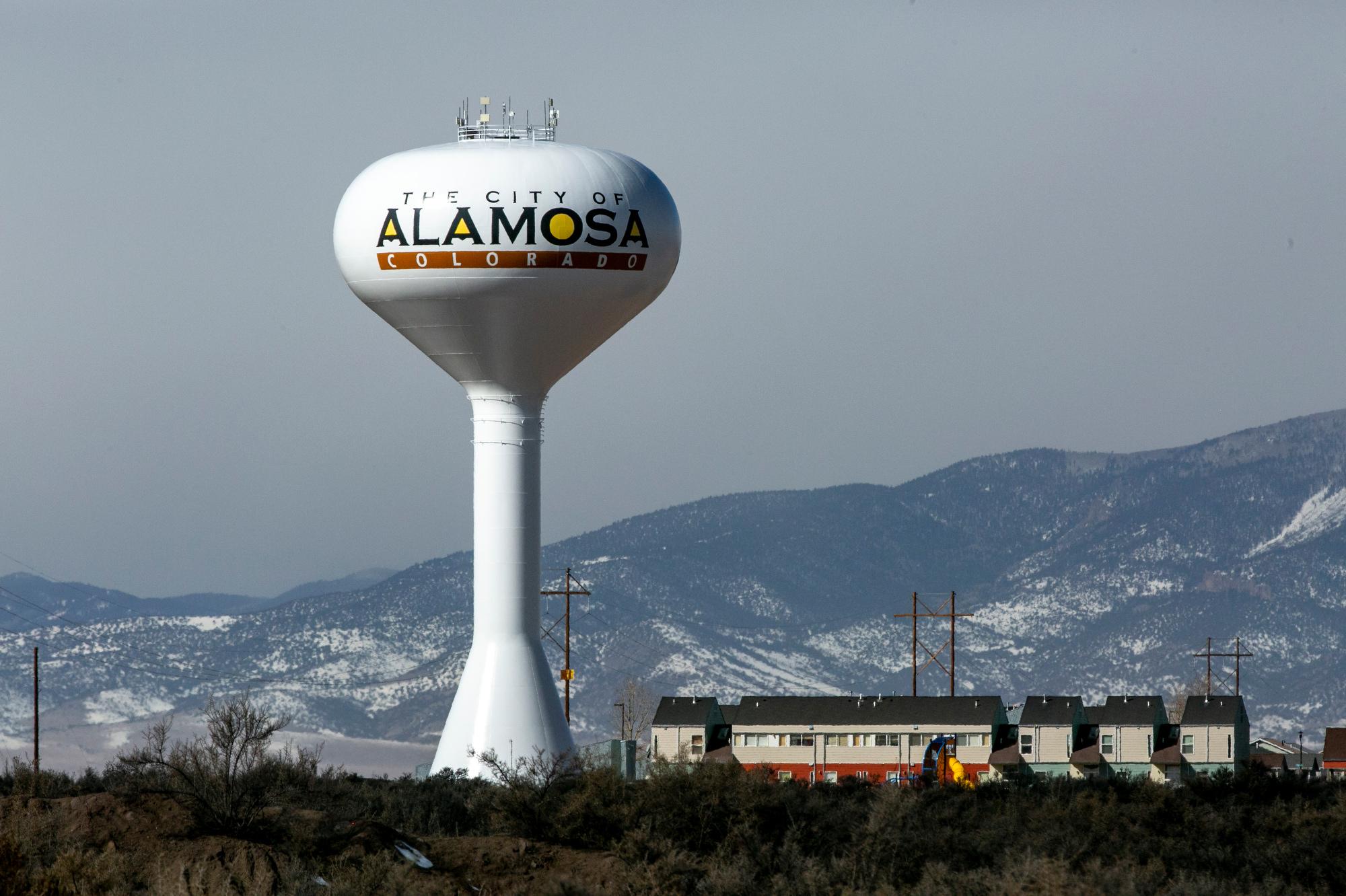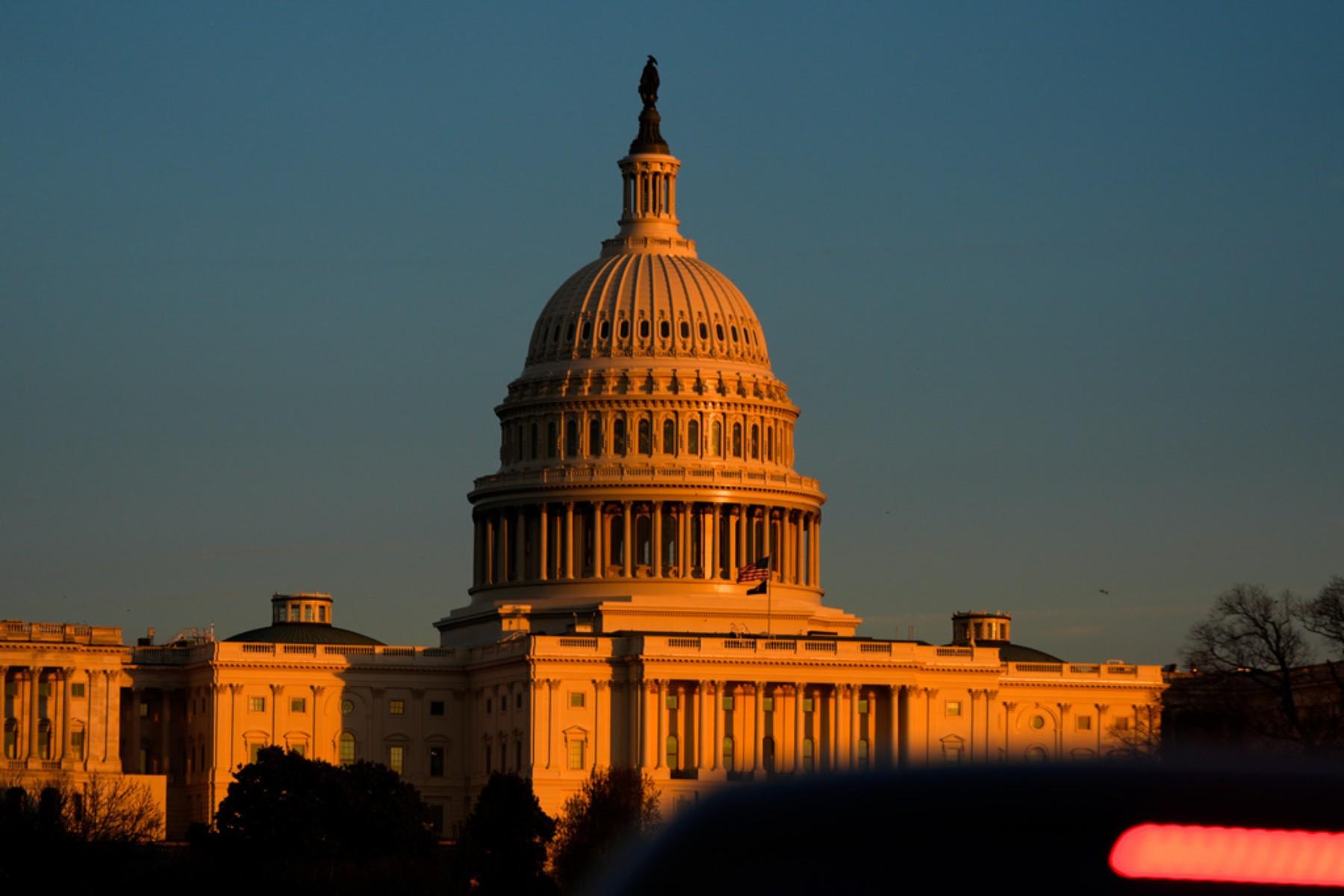
Since the passage of the CARES Act last year, anytime Congress has considered additional state and local aid, Republicans have described it as a “blue state bailout” — a reward for supposedly Democratic-run places that have not budgeted wisely.
But even in many red areas of the country, local leaders are calling for additional funds to help weather the drawn out impacts of the pandemic. And that includes Colorado.
“All of our stores, all of our retailers have suffered tremendous losses over the last 12 months because of COVID,” said Fremont County Commissioner Debbie Bell.
The Republican said the county always budgets conservatively and has already gone through belt-tightening. With the money they received from the CARES Act, they used $1.8 million for grants for the business community.
“But when you realize … that the need outstrips that by a hundred times, that tells you what a small drop in the bucket that was here,” Bell said.
In southwestern Colorado, San Miguel County Commissioner Hilary Cooper, a Democrat, said they’ve been working to adapt, but it’s been a struggle. Businesses that rely on tourism or events in her county have been hit hard since the pandemic began.
And at the same time, the county has seen a population boom. Over the past year, about 2,000 part-time residents moved in full-time. That’s a large uptick in the number of people relying on the services her country provides — including testing, contact tracing, and vaccines — all while officials have to keep an eye on the bottom line.
“We run under an incredibly tight budget. There's really no room for anything extra,” Cooper said. “We blew through our emergency funding in basically the first two, three months of this pandemic. And that was a year ago now.”
Congressional Republicans say they've sent plenty of aid already, but there are still problems at the local level.
There are a host of reasons many Republicans in Congress oppose additional state and local aid. They don’t want to cover revenue shortfalls that resulted from local governments shutting down businesses.
They argue that the financial hit to states and local governments wasn’t as severe as originally feared, and that plenty of the funds they’ve already been given have not been used yet.
That last point is technically true, but it overlooks the fact that most of the money has been obligated, even if it hasn’t left the bank account yet.
The reason you hear most often though is the federal deficit. This pandemic has already led to trillions of federal dollars in new spending.
Roni Wisdom, comptroller for Alamosa County in the San Luis Valley, shares many of these concerns, particularly over the size of the national debt.
But the Republican adds that restrictions the federal government put on local aid make it difficult at times to address real problems, like keeping the local airport afloat after people stopped traveling.
The CARES Act barred local governments from simply adding dollars to their general account, to make up for lost tax dollars.
“And that’s where our problem comes in … that it can’t replace the revenue at the airport,” Wisdom explained. “That's what we needed it for, you know, in order to keep the operating expenses going, just to break even.”
It took a pandemic to highlight some real vulnerabilities that local governments need to address, like expanding rural broadband for students and remote workers. Wisdom said in the past, fast internet connections were treated as a bit of a luxury. Now they’ve been elevated to critical infrastructure.
The House version of the American Rescue Plan includes $350 billion for states, local governments, tribes, and territories. Those supporting the call for additional local funds hope the final package will include more flexibility in spending. They also appreciate that the plan doesn’t require local governments to be a minimum size to receive funds directly from the federal government.
Not all local governments need additional CARES Act funding.
With a population of just under 900, remote Hinsdale County received about $70,000 in CARES funding. According to county commissioner Greg Levine, there were no government layoffs or furloughs.
He said they feel like they have everything “under control.” The first-term commissioner, who is unaffiliated, said the small population helps.
“It's easier to manage needs, rather than a larger community or a larger county,” he said. “I actually commiserate and I can sense people's frustration in other counties and communities with a lack of funds and needing more.”
Similarly, Montrose County Commissioner Sue Hansen said she doesn’t think the need for additional aid is as great in her county as in others. She said businesses there fared “pretty well,” but she is concerned about possible evictions.
“We don't have a year-round homeless shelter. So we don't really have spots for those folks to sort of land,” she explained.
The other area where she would like to see federal help is with the vaccine rollout.
“That has been where we have had the biggest expenditure of our dollars,” Hansen said.
Some local officials feel like their DC counterparts don't always understand what daily life looks like.
“It’s important to understand that every community has been impacted very differently,” said Grand Junction City Manager Greg Caton.
The city reduced expenditures and didn’t fill some vacant jobs, all while providing necessary services from public safety to law enforcement for the community.
Caton understands the reluctance by some in Congress who are concerned that the money will be used to cover revenue shortfalls and not COVID-19 related expenses.
“But I do think there’s an opportunity, now that we’re 10-plus months into this, to understand — truly understand — the impacts at the local level and help support relief and recovery in those areas,” Caton said.
For Fremont County’s Bell, the debate also underscores that politicians in Washington, D.C., don’t always comprehend life in rural Colorado.
“I don't think they understand the ins and outs of our daily problems and the issues that we have, no matter how hard we have tried over the many years to help them see our side of things, and to understand what it really is like here,” Bell said. “People are suffering.”
San Miguel County’s Cooper adds that local governments get a level of scrutiny Washington might not be used to.
“It’s not like we’re out there spending taxpayer money frivolously because we are directly accountable,” she said. “We see our taxpayers on the street every day.”








